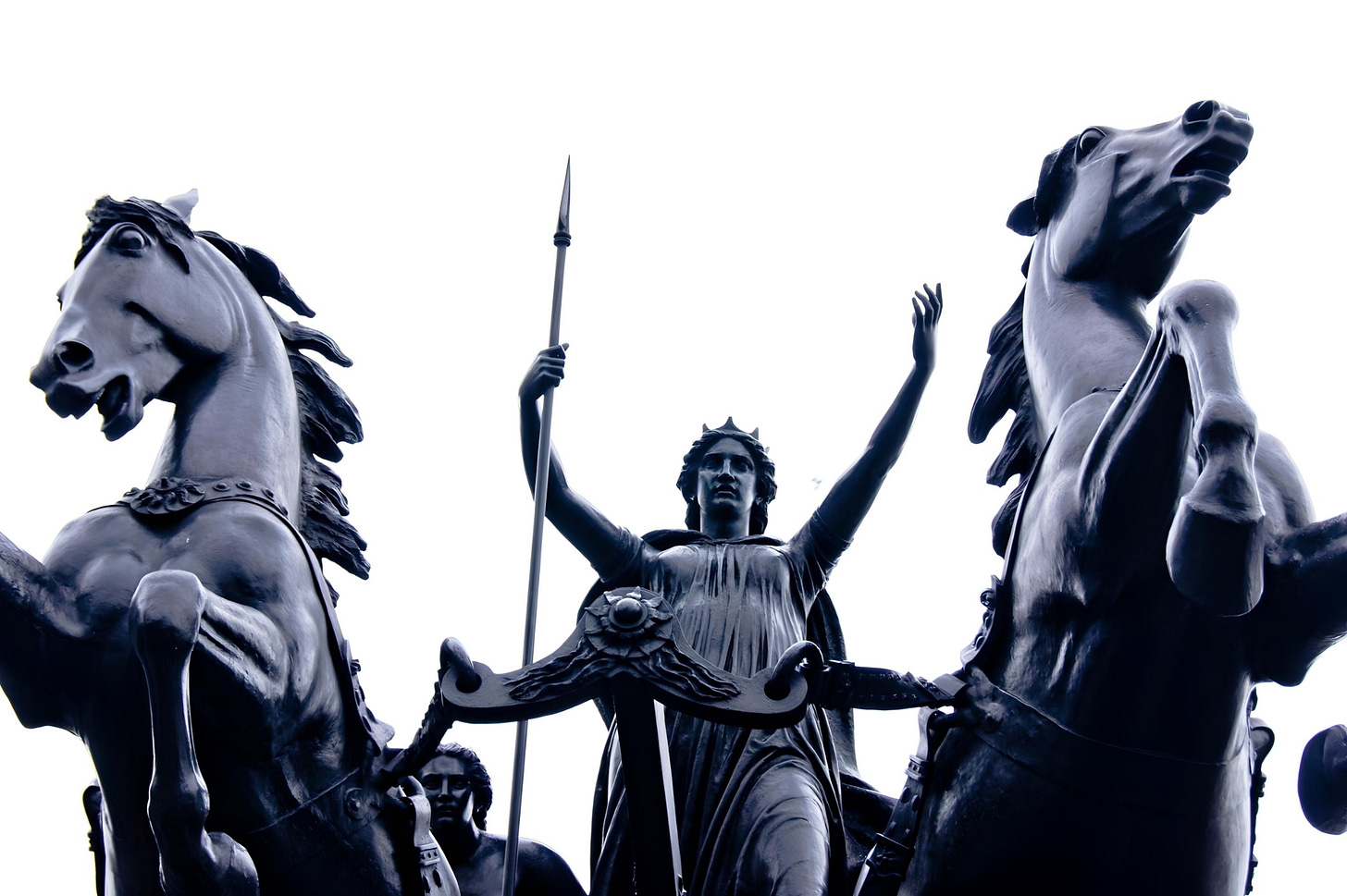The Chariot and Its Significance in the Course of World History
by Oswald Spengler
Oswald Spengler asserts the transformative impact of the chariot on the ethos of the warrior class and the chronicles of civilisations.
Lecture delivered on 6 February 1934 at the Society of Friends of Asian Art and Culture in Munich
The purpose of historical research is to depict the fate of human beings in a pictorial form, as far as it is manifested in deeds and personalities. Previously, literature served as the sole source, and Ranke was able to declare that history begins where our historical sources start for us. Since then, excavations have developed a different understanding and different methods. However, it must be considered that determining strata and organising finds according to formal correlations bears the risk of distracting from the essence of history. Pottery is silent about events. We would know nothing of the Germanic migration period with its figures and battles if we were solely reliant on ground finds. Among these, however, one group is always overlooked or underestimated in its true historical significance: the weapons. They are closer to history than fragments and ornaments. They have been treated much too superficially by only considering their ornamentation or manufacturing technique. There is a lack of a psychology of weapons. Every weapon also speaks of the style of fighting and thus of the worldview of its bearers. In the invention, dissemination, or rejection of certain weapons, there is an ethos. The bow, for example, is the first distance weapon that was instinctively rejected as unchivalrous by a group of European tribes. This includes, among others, the Romans, the Greeks of the mainland, and most Germanic tribes. In the depictions of the Ionian Odyssey saga on Corinthian and Attic vases, therefore, the bow, which is necessary to characterise the scene, is placed to the side, and Odysseus is given a sword, the weapon of combat man to man.




